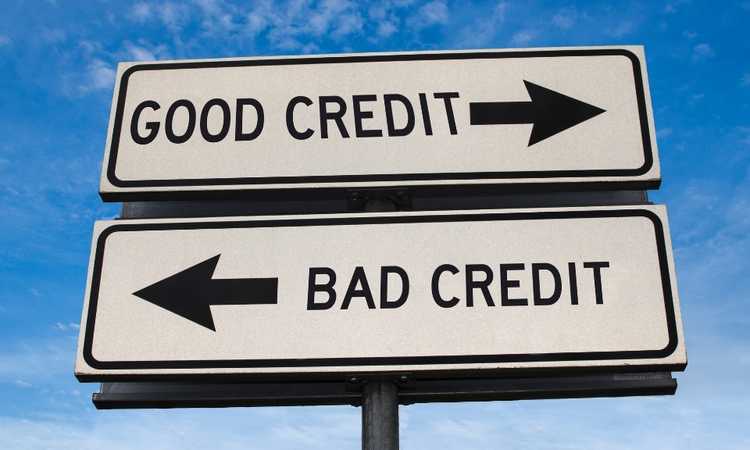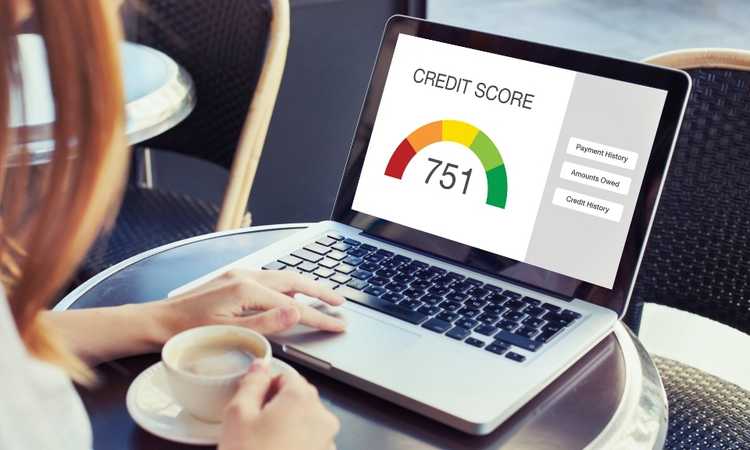Have you ever wondered, “What is a FICO score and how is it calculated?” When it comes to credit, many people don’t understand all of the terminology that’s used. A FICO score is one term you may have heard before, but what does it mean and how is it calculated?
In this blog post, we’ll break down what a FICO score is and provide some tips on how you can improve your score. We’ll also cover some of the factors that go into calculating your FICO score so you can get a better understanding of how your credit health impacts your life.

1. What is a FICO score and what does it measure?
A FICO score is a credit score that is used by lenders to help decide whether or not to give you a loan. The score is based on information in your credit report, and it ranges from 300 to 850. The higher your score, the more likely you are to get approved for a loan.
A FICO score measures your creditworthiness, which is your ability to repay a loan. It takes into account factors such as your payment history, credit utilization, and length of credit history.
If you have a high FICO score, it means that you have a good track record of paying your bills on time and keeping your balances low. Lenders view you as a low-risk borrower, and they are more likely to give you a loan with favorable terms.
2. How is your FICO score calculated?
FICO scores are one of the most important pieces of your financial puzzle. It is a number that indicates to lenders how likely you are to repay a loan.
Your FICO score is calculated using five different factors: payment history, credit utilization, length of credit history, credit mix, and new credit.
A FICO score is a three-digit number that ranges from 300 to 850. Your FICO score is calculated by taking into account five factors: payment history, credit utilization (amounts owed), length of credit history, new credit and credit mix (types of credit used).
Payment History
-The most important factor in calculating your FICO score is your payment history.
35% of your score is based on how you’ve paid your bills in the past. Payment history is the most heavily weighted factor, and it includes things like on-time payments and repayment history.
Credit Utilization
-The next factor is credit utilization, and it measures how much of your available credit you are currently using.
Your credit utilization makes up 30% of your score and is determined by how much debt you have compared to the total amount of credit available to you.
Length of Credit History
-Length of credit history makes up 15% of your FICO score and takes into account how long you’ve had different accounts open. The longer you have been responsible with credit, the better your score will be.
New Credit
-New credit makes up 10% of your FICO score and looks at how many new accounts you’ve opened recently as well as hard inquiries on your report, and if you’ve been seeking out a lot of new credit.
Credit Mix
-Credit Mix (types of credit used) make up 10% of your FICO score and considers what type of accounts you have—installment loans, revolving lines of credit, etc.—and how often you use them
All of these factors are weighed together to come up with your FICO score. Keep in mind that there are other scoring models out there besides FICO, but this is by far the most commonly used one. If you want to get a good idea of where you stand financially, pull your score and see where you can improve. Read this follow-up article about how to raise your credit score in 30 days or less.

3. How can you improve your FICO score if it’s not where you want it to be?
Many people don’t realize that there are a number of things you can do to improve your FICO score.
First, make sure you always pay your bills on time. Payment history is the biggest factor in determining your score, so it’s important to get into the habit of paying all of your bills before they’re due.
You can also improve your score by keeping your credit utilization low. This means using no more than 30% of your available credit at any given time.
Another way to improve your score is to diversify your credit mix by having both revolving and installment accounts.
Finally, don’t open too many new accounts at once, as this can have a negative impact on your score. By following these tips, you can make sure your FICO score is where it should be.
4. What are the consequences of having a low FICO score – can you still get a mortgage or car loan, for example?
A low FICO score can have a number of consequences. For one, it can make it difficult to qualify for a loan or credit card. Lenders use FICO scores to help determine whether or not to extend credit. Those with low scores are often seen as higher-risk borrowers. As a result, you may be approved for a loan but given less favorable terms, such as a higher interest rate.
Additionally, a low FICO score could mean you’ll have to put down a larger deposit when renting an apartment or signing up for utilities. In some cases, it may even prevent you from getting hired for a job.
Employers sometimes use credit checks as part of the background screening process, and those with low scores may be perceived as being less responsible and dependable.
While a low FICO score can have negative consequences, there are still ways to improve your credit standing. By making on-time payments and using credit responsibly, you can gradually increase your score over time.
5. How do you find out your FICO score if you don’t know it already?
There are a few ways to find out your FICO score if you don’t know it already. The easiest way is to check your credit report, which you are entitled to by law. Your credit report will list all of your credit accounts and payment history, as well as any negative marks such as late payments or collection items.
You can get a free copy of your credit report from each of the three major credit bureaus – Experian, Equifax, and TransUnion – once per year.
Another way to find out your FICO score is to sign up for a credit monitoring service. These services will typically provide you with a monthly or quarterly update of your credit score, along with other useful information such as your credit utilization ratio.
Finally, some lenders and financial institutions will provide you with a free credit score when you apply for a loan or open a new account. So if you’re curious about your FICO score, there are plenty of ways to find out.

6. What are some of the myths about FICO scores that need to be debunked once and for all?
There are many myths about FICO scores that need to be debunked.
One myth is that checking your score will lower it. This is not true- simply viewing your score will not have any effect on your creditworthiness.
Another myth is that you need to have a perfect score to get the best rates on loans and credit products. This, too, is false- having a good, but not perfect, score will still give you access to the best rates.
Additionally, some people believe that closing old credit accounts will improve their score. However, this is usually not the case- it’s generally better to keep old accounts open and active, as this shows a good history of responsible credit use.
Finally, there is the myth that you need to carry a balance on your credit cards in order to build up your score. However, carrying a balance can actually hurt your score, as it shows that you are using more of your available credit than you can afford to pay back.
By understanding these myths and how they can impact your FICO score, you can make sure that you are taking the necessary steps to maintain a good credit rating.
7. What is a good FICO score?
A FICO score is a three-digit number between 300 and 850 that lenders use to assess your creditworthiness. The higher your score, the better your chances of getting approved for a loan or credit card with favorable terms.
A good FICO score is typically anything above 700. However, if you’re trying to qualify for a mortgage or auto loan, you’ll likely need a score of 760 or higher.
Small Differences In Your FICO Score Add Up
Even small differences in your score can have a big impact on your borrowing costs. For example, someone with a FICO score of 780 could expect to pay about 2% less in interest on a 30-year mortgage than someone with a score of 760. If you’re not sure what your FICO score is, you can get it for free from a number of sources, including some credit card issuers and personal finance websites.
How To Improve Your FICO Score
Once you know your FICO score, you can start working on ways to improve it. Some common strategies include paying all of your bills on time, maintaining a good credit history, and keeping your balances low. By taking these steps, you can give yourself a better chance of getting approved for the loans and credit cards you need at the most favorable terms.
Why Is Your FICO Score Important?
Your FICO score is one of the most important numbers in your financial life. It’s not just a number that lenders use to decide if you’re creditworthy, it’s also a measure of how risky you are as a borrower.
A high FICO score means you can get approved for loans with better terms and at lower interest rates. A low score could mean you won’t be approved for a loan at all or that you’ll have to pay much higher interest rates. So what can you do to make sure your FICO score is as high as possible?

Erika Finn, founder of Credit Help, is an attorney who graduated from law school (JD) at University of California, Berkeley and is a member of the California Bar Association. She was a member and editor of the California Law Review and won the Prosser Prize for Legal Accounting. She holds a Master’s Degree (MFA) from the University of Southern California (USC) and a Bachelor’s degree (BA) from Indiana University- Bloomington with highest distinction.
Credit Help believes that everyone should have access to helpful, free information about how to raise their credit rating.
Articles on Credit Help are not legal advice or financial advice.